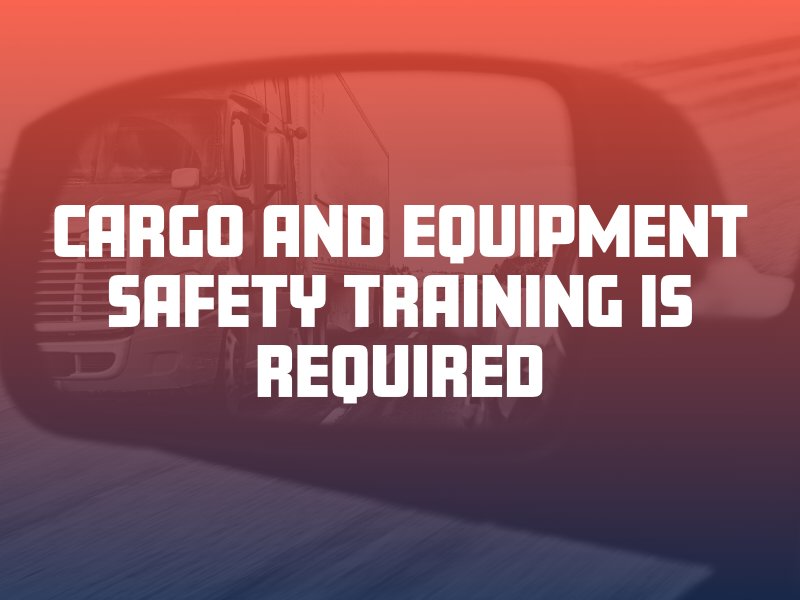Delivery drivers spend thousands of hours sharing the road with other drivers, as well as vulnerable bicyclists and pedestrians. It is imperative for businesses to train and instruct new delivery drivers properly to ensure the safety of their deliveries. An inadequate driver training program can increase the odds of a harmful delivery truck accident in New Mexico.
Driving Safety Training
Delivery drivers need to spend time practicing how to safely and properly operate their work trucks or vans. Delivery trucks have unique elements that other cars may not possess, such as large blind spots and a wide turn radius. It is important for a driver to practice delivery vehicle operation in a safe, controlled area, such as an empty parking lot, before entering a public road.
In addition, delivery drivers should be taught various dangerous road conditions and what to do in each scenario. On wet or slippery roads, for example, a driver should not slam on the brakes, as this could cause the delivery truck to hydroplane. Drivers should reduce their speeds, increase their following distance and use the correct type of lights when driving in fog, rain or snow.
Regulatory Compliance Training
Delivery trucks are subject to many federal safety laws that are imposed on the trucking industry. There are laws for almost every aspect of delivery truck driving, including a maximum number of work hours, rest and meal breaks, electronic logging devices, truck maintenance minimums, and cargo securement rules. Delivery truck drivers must learn the rules and regulations that apply to their jobs and comply with them all to ensure optimal safety.
Defensive Driver Training
All delivery truck drivers should be taught the basics of defensive driving. This is a style of driving that teaches drivers to anticipate potential hazards and respond to them safely and correctly. Defensive driving involves constantly scanning the road ahead for changing roadway situations, such as a crossing pedestrian or stopped vehicle, and being prepared to stop at a moment’s notice. Drivers should have a high level of awareness of their surroundings when making deliveries – especially in busy city locations, school zones and residential areas.
GPS and Software Training
Delivery drivers are required to use technology to help them map their routes, deliver notifications to customers and record proof of delivery. Some technologies and software systems, such as a GPS or route-planning solution, must be used while the delivery person is driving. Proper training on how to use technology behind the wheel without getting distracted or causing an accident is necessary to improve driver safety.
Cargo and Equipment Safety Training

Delivery drivers need to learn how to properly handle the cargo and equipment involved in their jobs. This includes learning the proper techniques when lifting heavy boxes and packages, as well as how to use assistive devices such as dollies. Delivery drivers should also be taught how to properly secure packages and cargo to prevent shifting or lost cargo loads in transit.
Customer Service Training
When delivery drivers reach their destinations, they often have to interact with the recipients of the parcel or package. This requires customer service training. The goal of this type of driver training is to improve professionalism, communication and conflict resolution. Proper customer service training can allow a delivery driver to avoid conflict and mitigate potential problems during interactions with customers.
Improper, inadequate or rushed delivery driver training could lead to a preventable truck accident in New Mexico. If you or a loved one gets injured by a negligent delivery truck driver in Albuquerque, contact The Fine Law Firm for a free case consultation with an attorney.

